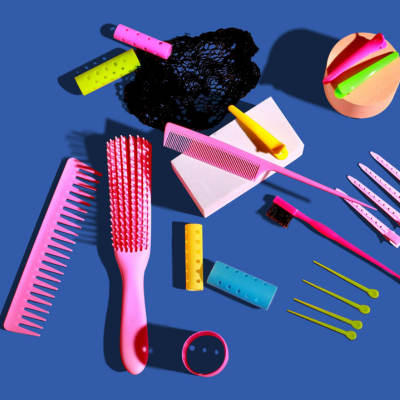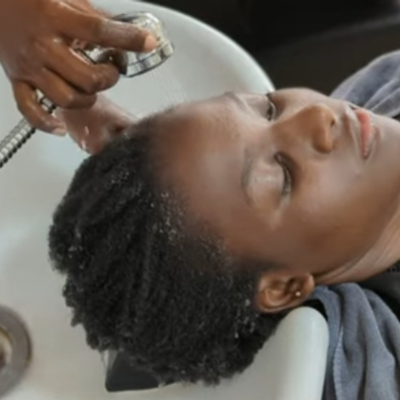- Support 24/7
- +1 (480) 468-4543
- livara@mylivara.com
Curls Don’t Hold? 7 Reasons Why + Amazing Tips To Help
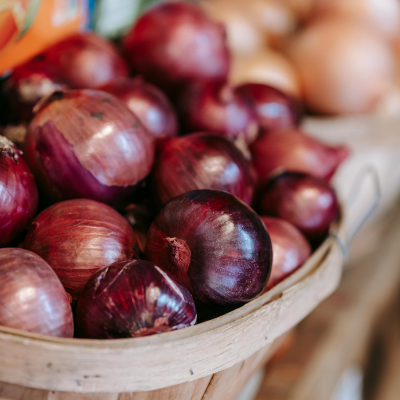
Overcome Hair Loss With These 4 Powerful Natural Remedies
April 23, 2024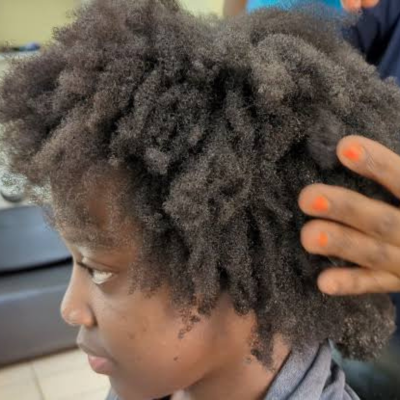
The Best Routine For Natural Hair
May 15, 2024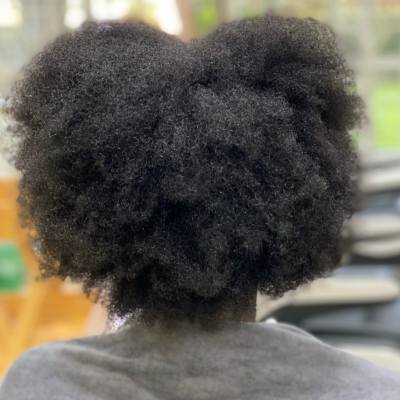
For many with naturally curly hair, the struggle to maintain defined curls can be all too real. Despite investing time and effort into styling, it can be disheartening when those carefully crafted curls seem to unravel within hours or even minutes. But fear not, for there are several factors at play when it comes to why your curls won’t hold, and understanding them is the first step towards reclaiming control over your curly locks.
Understanding Your Hair Type
Naturally curly hair comes in a multitude of textures, from loose waves to tight coils, and each type requires a unique approach to styling and maintenance. The first step in understanding why your curls won’t hold is identifying your specific hair type. Here’s a breakdown of the various curl patterns and characteristics:
Curl Pattern
- Type 1: Straight: Type 1 hair, often referred to as straight hair, is characterized by its lack of natural curl or wave pattern. While individuals with Type 1 hair typically do not have naturally occurring curls, it is possible to create curls using various styling techniques and tools like heat styling and wet setting.
- Type 2: Wavy: Wavy hair typically lies somewhere between straight and curly, with a subtle ‘S’ shape. It tends to be more prone to frizz and can benefit from lightweight products that enhance definition without weighing down the hair.
- Type 3: Curly: Curly hair forms well-defined spirals or curls, ranging from loose curls to corkscrew coils. It thrives with products that provide moisture and hold to maintain shape and definition.
- Type 4: Coily: Coily hair features tight, springy curls or coils that may shrink significantly when dry. It requires ample moisture to combat dryness and products that enhance curl definition while minimizing shrinkage.
Porosity
- Low Porosity: Hair with low porosity has a tightly bound cuticle layer, making it resistant to moisture uptake. Products may sit on the surface rather than penetrating the hair shaft, leading to buildup and weighing down curls.
- Medium Porosity: Medium porosity hair has a balanced cuticle layer, allowing for optimal moisture retention and absorption. It responds well to a variety of products and styling techniques.
- High Porosity: High porosity hair has a more porous cuticle layer, making it prone to absorbing moisture quickly but also losing it just as fast. It benefits from deep conditioning treatments and sealing products to lock in moisture and enhance curl definition.
Density
- Low Density: Hair with low density has fewer individual strands per square inch, giving it a more airy appearance. It may struggle to hold curls due to lack of volume and may benefit from lightweight products that add volume without weighing down the hair.
- Medium Density: Medium density hair has a moderate amount of strands per square inch, striking a balance between volume and manageability. It responds well to a variety of styling techniques and products.
- High Density: Hair with high density has a higher concentration of strands per square inch, resulting in a fuller appearance. It may require more product and careful styling to ensure even distribution and optimal curl definition.
By understanding your hair type, including curl pattern, porosity, and density, you can tailor your approach to styling and maintenance to better address the specific needs of your curls.
Factors Affecting Curl Hold
- Product Selection: The products you use on your hair can make or break your curl hold. Opting for lightweight, curl-enhancing products like the Livara Styling Gel that provide moisture and definition without weighing down your hair is key. Look for gels, creams, and mousses specifically formulated for curly hair.
- Application Technique: How you apply your styling products can impact the longevity of your curls. Ensure even distribution of product throughout your hair, focusing on the mid-lengths and ends where curls tend to be the driest. Avoid applying too much product, as this can lead to buildup and weigh down your curls.
- Humidity and Weather: Environmental factors such as humidity can wreak havoc on curly hair, causing it to frizz and lose definition. Invest in anti-humidity products or consider protective styles during particularly humid weather to help maintain your curls’ integrity.
- Overhandling: Constantly touching, tousling, or manipulating your curls throughout the day can disrupt their shape and cause them to lose hold. Resist the urge to constantly run your fingers through your hair, and embrace your natural curls’ texture.
- Sleeping Habits: The way you sleep can also affect your curls’ hold. Consider investing in a silk or satin pillowcase to reduce friction and prevent frizz. Alternatively, pineapple your curls by loosely gathering them at the crown of your head and securing with a silk scrunchie before bed.
- Heat Damage: Excessive heat styling can damage the hair cuticle, leading to weakened curls that struggle to hold their shape. Embrace heat-free styling methods such as air-drying, diffusing, or using curl-friendly tools like flexi-rods or curlformers.
- Hair Health: The overall health of your hair plays a significant role in how well it holds a curl. Ensure you’re following a consistent hair care routine that includes deep conditioning treatments, regular trims to prevent split ends, and gentle handling to minimize breakage.
Bottomline
While achieving long-lasting, defined curls may require some trial and error, armed with the knowledge of the factors that affect curl hold, you can take proactive steps to enhance your curl retention.
Experiment with different products, techniques, and styling methods until you find what works best for your unique curl pattern and preferences. With patience and perseverance, you can unlock the secret to maintaining beautiful, bouncy curls that stand the test of time.
Source: NaturallyCurly. “This Is Why Your Curls Won’t Stay.” Retrieved from https://www.naturallycurly.com/curlreading/learn/this-is-why-your-curls-wont-stay-bi

